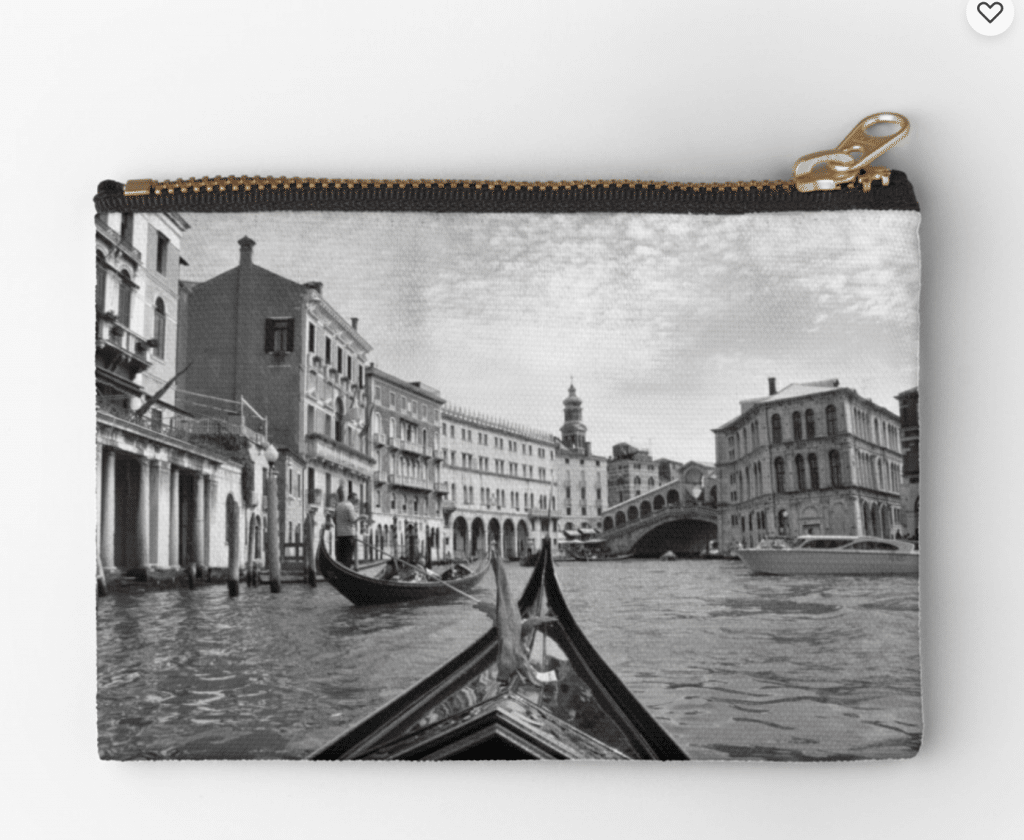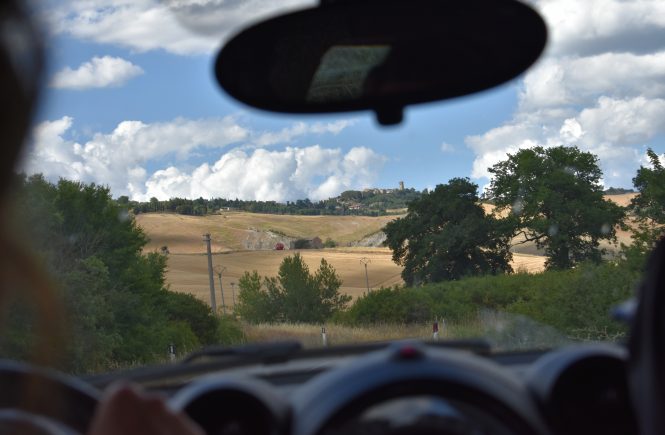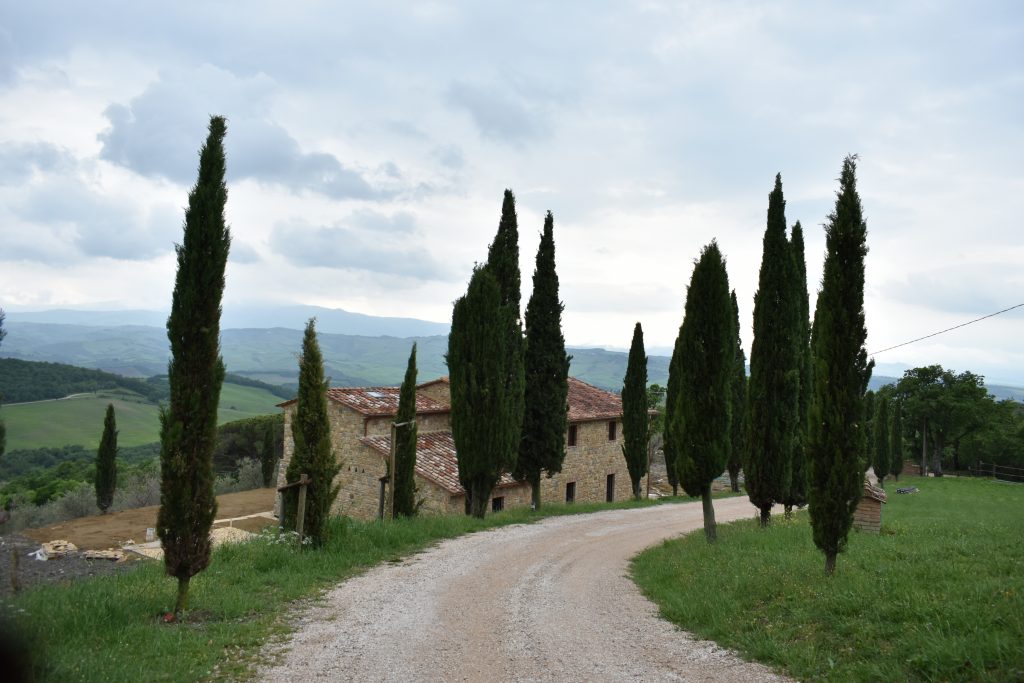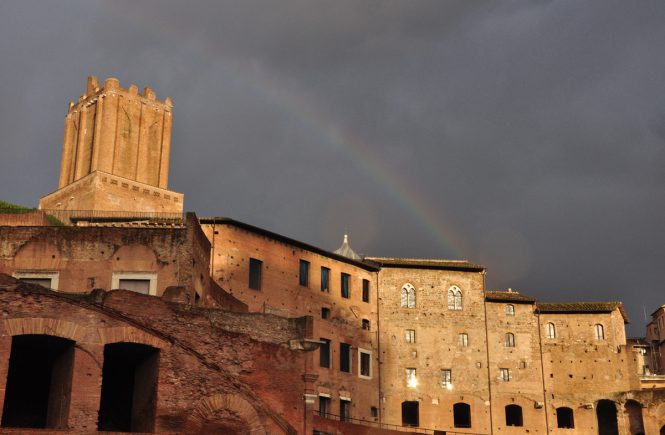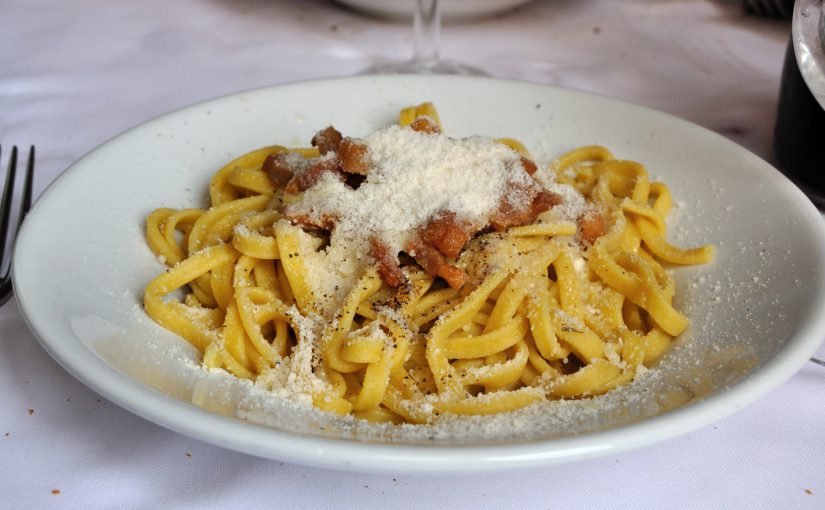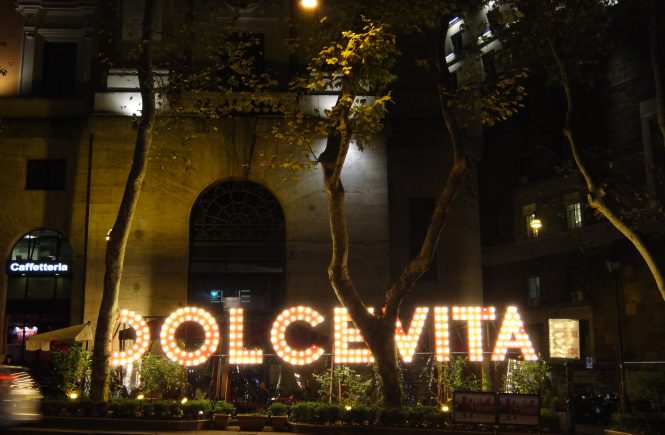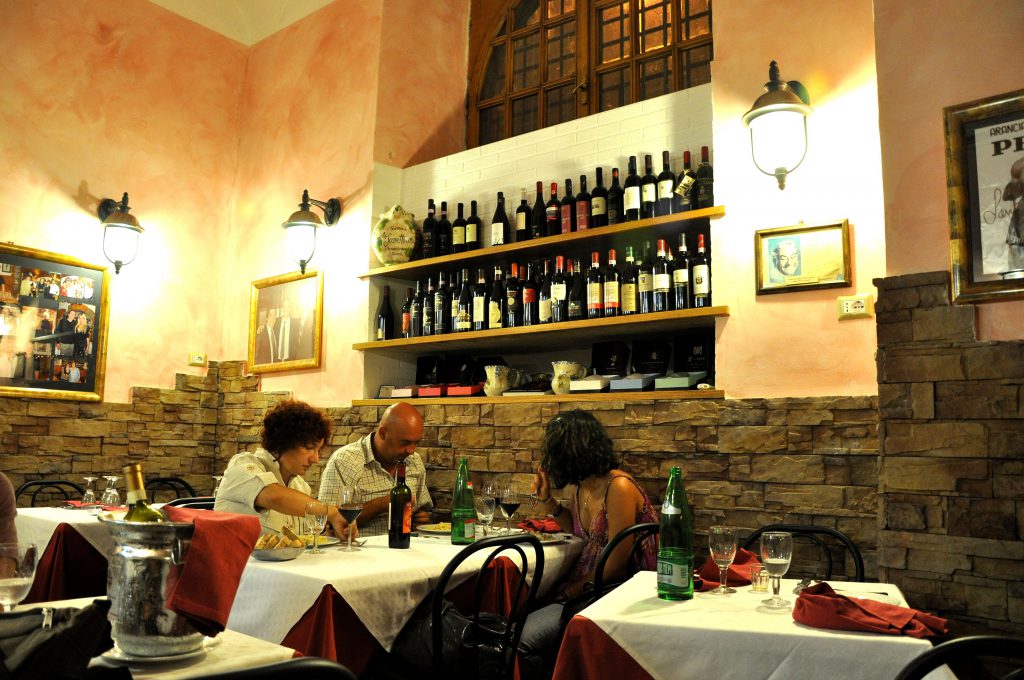Italy is ground zero for the coronavirus outbreak in Europe. It’s sad and frightening. But the fear and anxiety in Italy isn’t just about health. It’s also the blow to the Italian economy. Italy was previously predicted to grow its GDP by 0.5%. It’s now expected to see GDP drop by up to 0.7 % instead. Tourism, which contributes 14% of the country’s GDP, is one factor. Italy is expected to get 4.7 million fewer international tourist arrivals this year.
For anyone who loves Italy, lives in Italy, or wants to travel there, the danger of an economic slowdown isn’t theoretical. In Italy, most businesses, including restaurants, shops and even tour companies are small, private and often family-owned. Many rely on tourists. That means individuals, artisans and families across the country are being seriously affected. Some are laying off employees. Others will have to close.
This economic impact is concerning in more ways than one. You don’t have to know an Italian business owner to feel it. The variety and vitality of all of these small businesses is what so many of us love, and find unique, about Italy. It’s one reason why many people choose to travel there.
So one thing that’s been on my mind — along with all of the health concerns — is what we can do to help Italy’s small businesses and artisans stay on their feet.
Even if you’ve decided against traveling to Italy anytime soon because of coronavirus, there are still ways you can help.
Most business owners in the tourism industry say that the most helpful thing is to book your next trip there, now, at a date that you feel more comfortable with.
In many cases, this can save you money, too — not just on airfares, which we know are rock-bottom at the moment, but on hotels and tours too. (I’ll share some discount codes I know of below, and if you know of any others, please pass them on).
But here’s another thought. If you’re cancelling or postponing a trip, what about considering putting a small amount of that money that you’ve saved… toward supporting something about Italy that you love (or were hoping to experience)?
For example: Were you especially excited about tasting cacio e pepe and wine in Italy? Then consider treating yourself to a chunk of Parmigiano-Reggiano or a bottle of Barolo. The art? Consider donating to a foundation that restores and protects cultural heritage. The history? Buy a book written by a historian, expert or tour guide living in Italy. Shopping? Support Italian artisans by buying from them directly online. (And if you can’t buy from them, consider following them on social media or engaging on their pages. Every little bit of support counts!).
Not only will you help keep the things we all love about Italy going, so that when you do go, it’s everything you dreamed of — you’ll also get to enjoy just that small part of your Italy experience without even going there. (Yet).

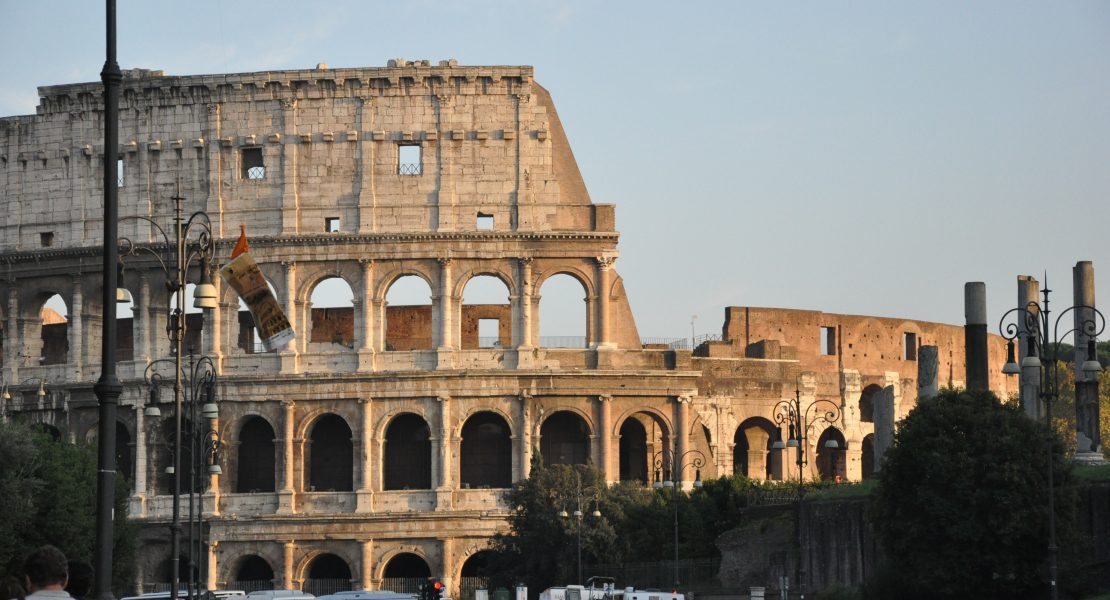
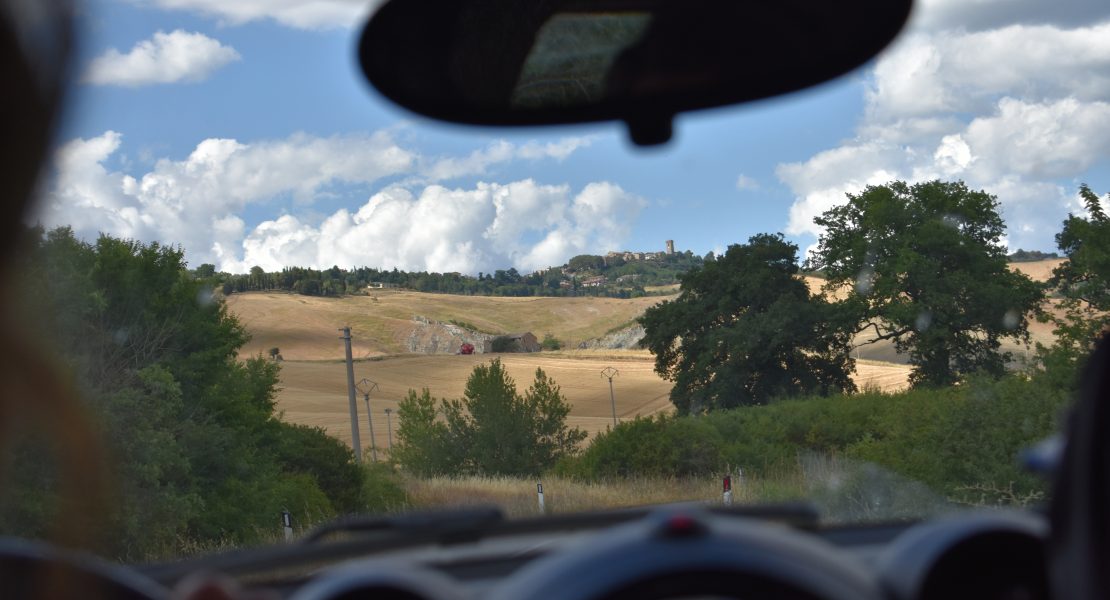
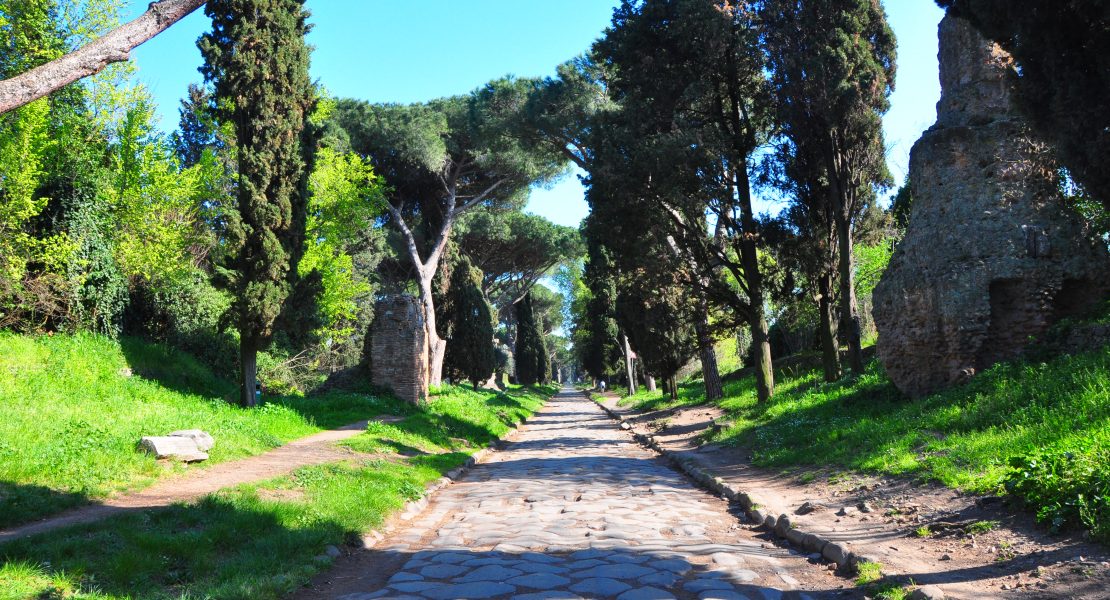
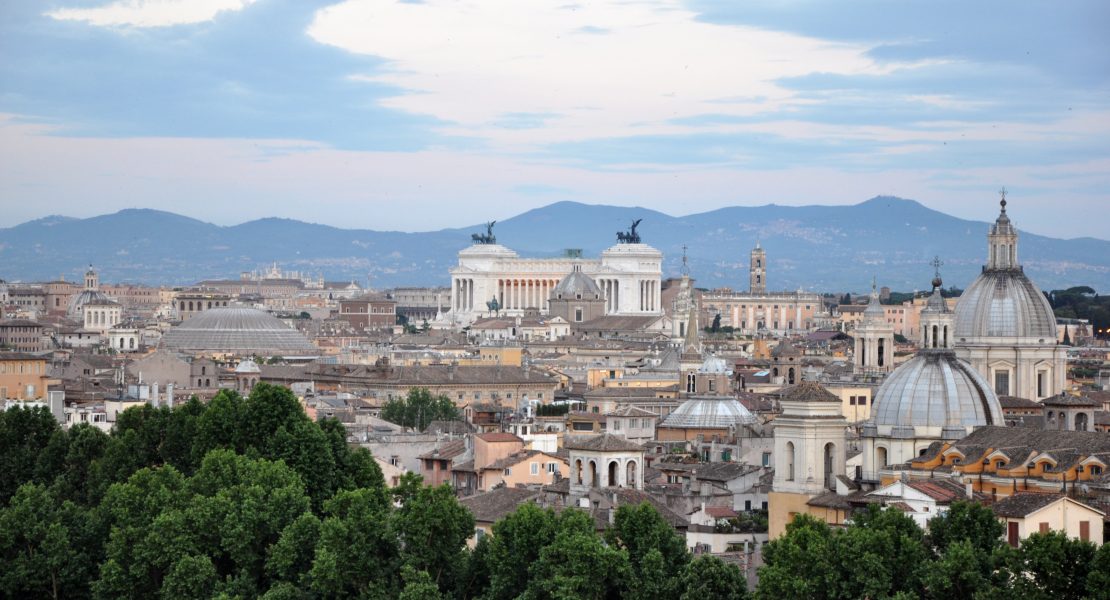
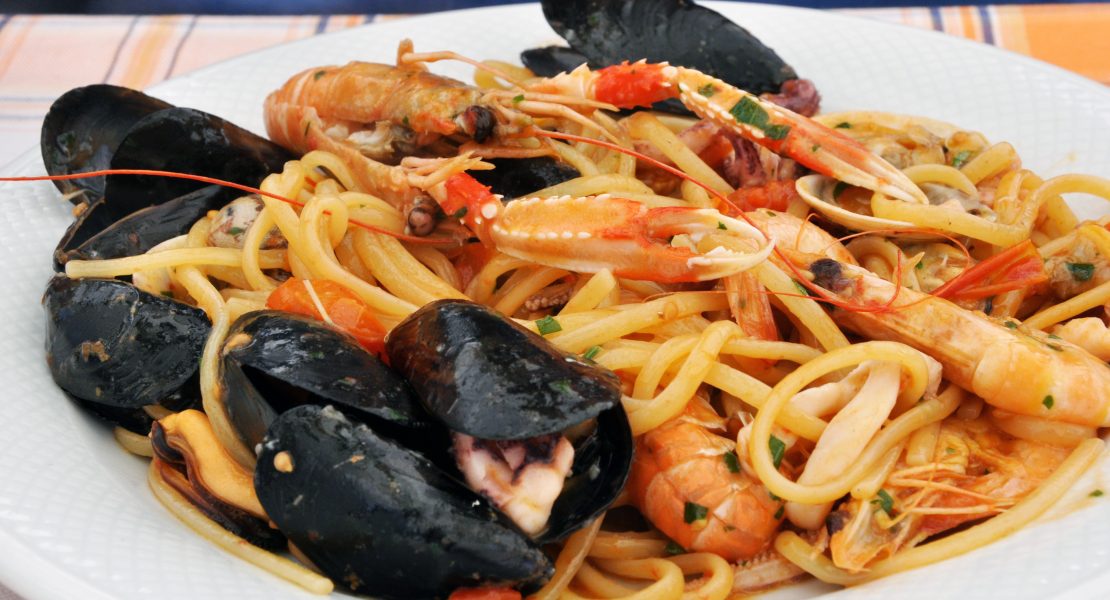
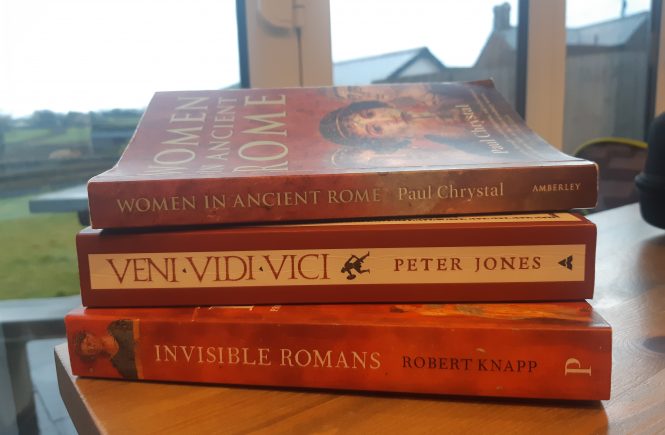
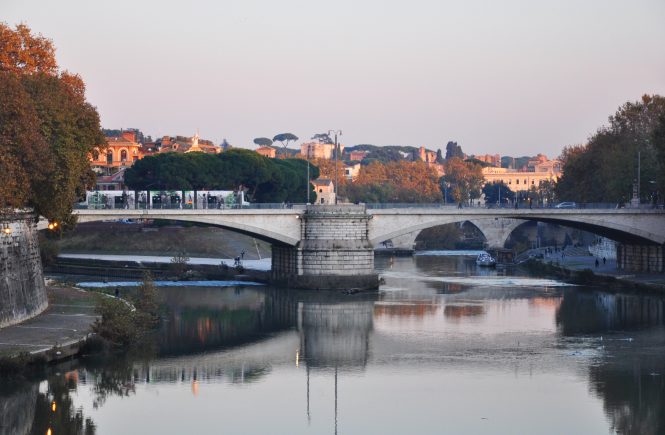
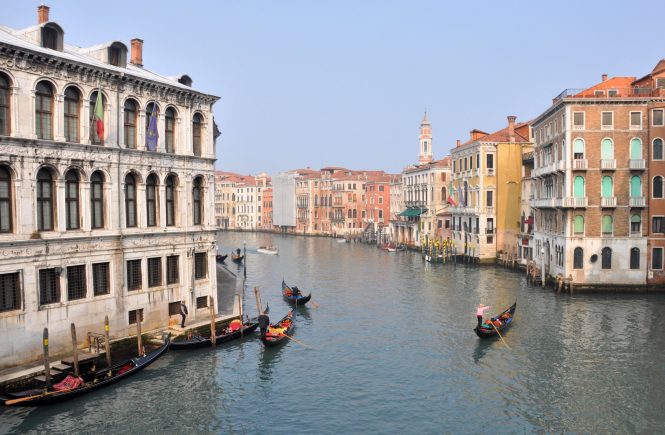
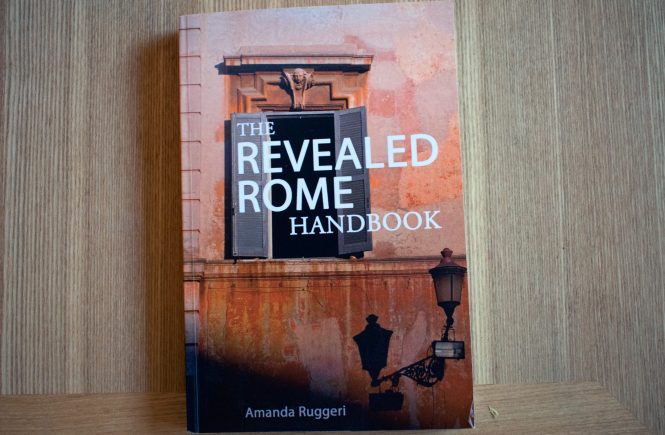
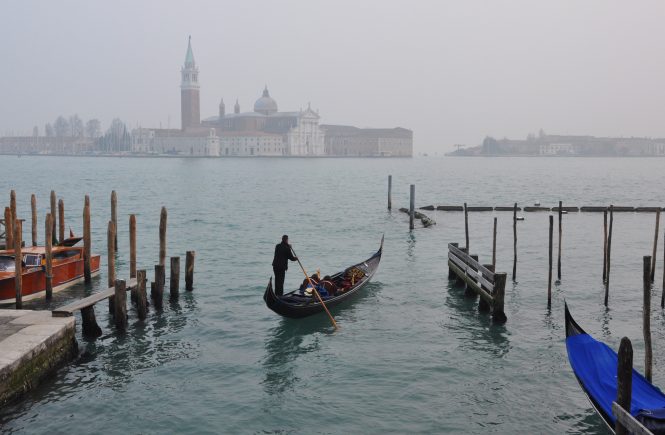
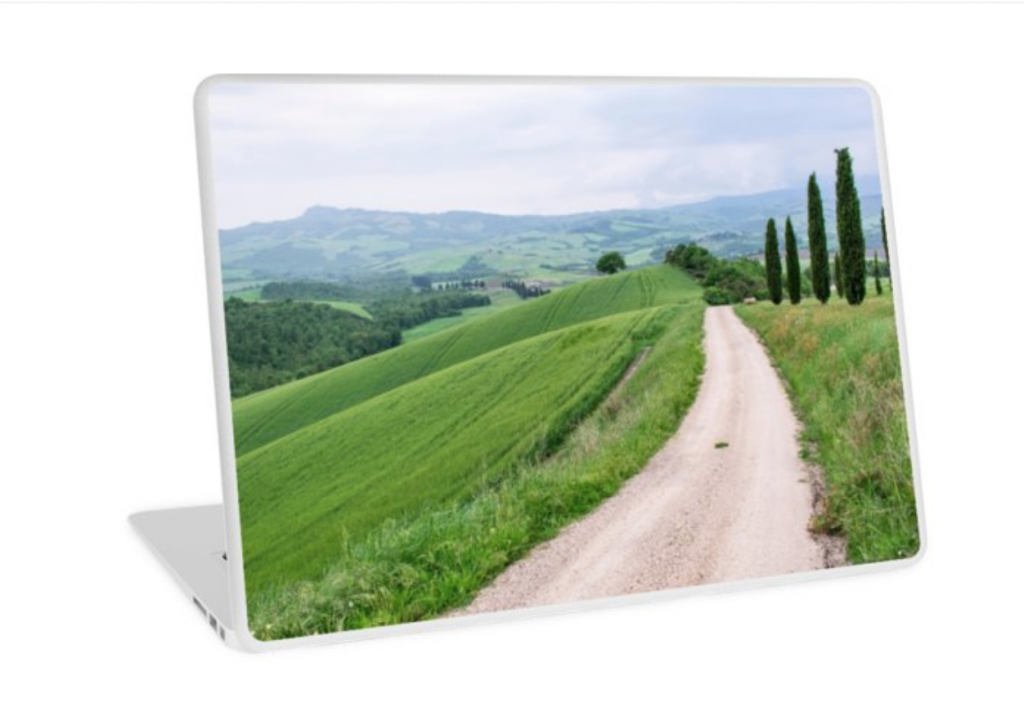 The classiest bag for toiletries:
The classiest bag for toiletries: